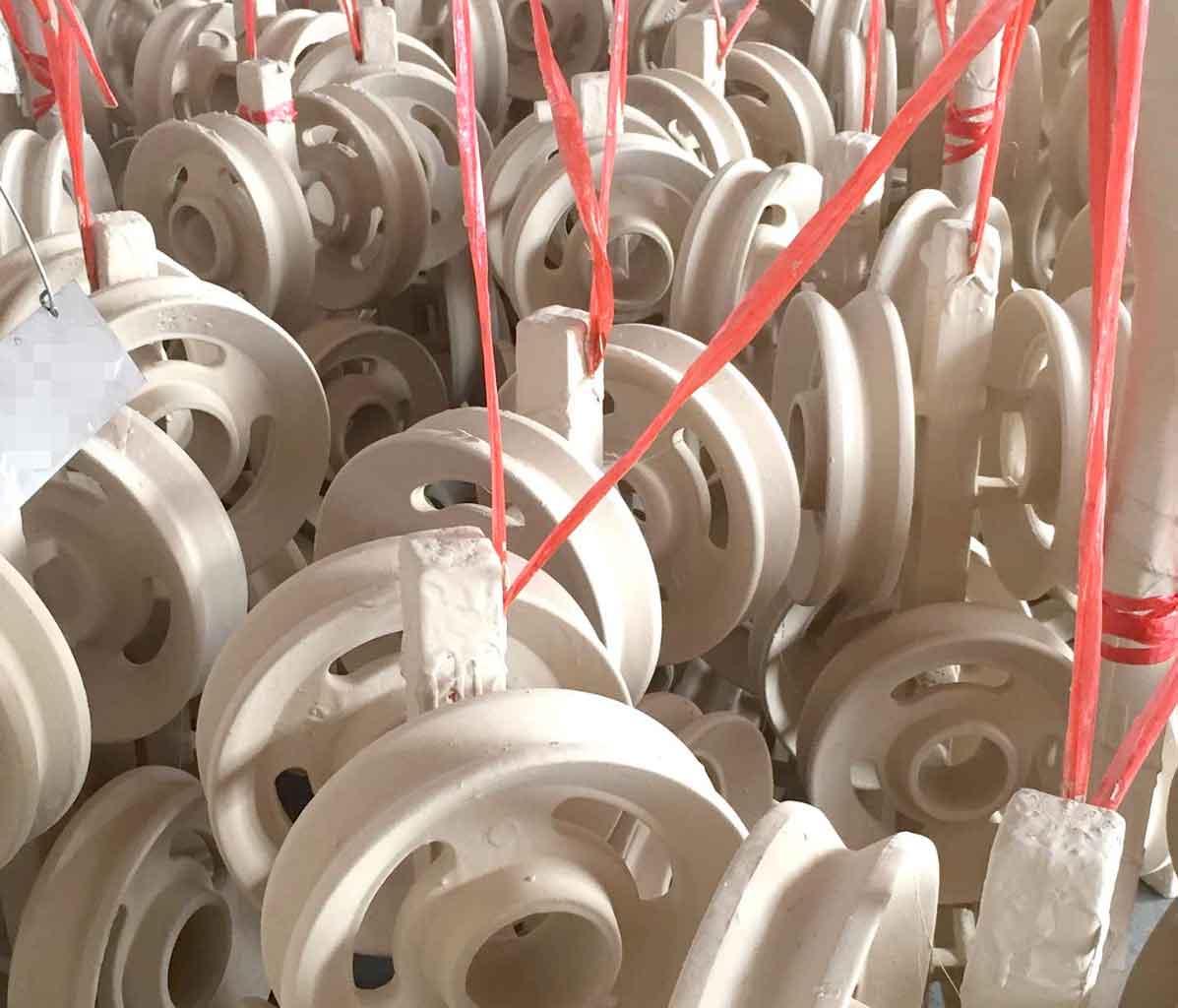Taking nodular cast iron as the research object, the influence of mechanical vibration on the microstructure and properties of nodular cast iron in lost foam casting was systematically studied, and its mechanism was discussed, which laid a theoretical foundation for the application of vibration solidification technology in the process of nodular cast iron lost foam casting.

The effects of vibration frequency, amplitude, addition amount of nodulizing agent and molten iron treatment temperature on the microstructure and mechanical properties of ductile iron lost foam casting were systematically studied. The following conclusions were obtained:
- The effect of vibration frequency on Microstructure and properties of nodular cast iron was studied by changing the frequency of vibration lost foam casting when the amplitude was 3mm. When the vibration frequency increases from 0Hz to 35Hz, the pearlite flake spacing in nodular cast iron decreases, and some carbides are granulated, which makes the tensile strength and elongation of nodular cast iron higher. When the vibration frequency increases to 50Hz, although some carbides in the pearlitic structure of nodular cast iron are still granulated, the pearlitic sheet spacing increases and the number of graphite balls per unit area increases, which reduces the tensile strength and elongation of nodular cast iron. Further increase the vibration frequency until the tensile strength and elongation of nodular cast iron are further reduced due to the large number of graphite balls.
- According to the classical heterogeneous nucleation theory, the graphite nodular nucleation model of vibratory EPC nodular cast iron was established, and the graphite nucleation in nodular cast iron was analyzed by using this model.
- The cooling curves of nodular cast iron with 3mm amplitude, 35Hz vibration frequency and without vibration were studied. The results showed that vibration could increase the solidification undercooling of lost foam casting nodular cast iron.
- Under the condition of vibration frequency of 35Hz, the effect of amplitude on the microstructure and properties of lost foam casting ductile iron was studied. When the amplitude is increased, the force of the vibration field on the metal solution of nodular cast iron increases. Under the condition of 4mm amplitude, the morphology of graphite balls in nodular cast iron is better, the spacing between pearlite sheets is smaller, and the tensile strength and elongation of nodular cast iron are larger, reaching 674.65mpa and 11.43% respectively. Compared with nodular cast iron without vibration, the tensile strength and elongation were increased by 16.76% and 74.24% respectively.
- In the lost foam casting process of nodular cast iron, due to the high treatment temperature of molten iron (1560 ° C), the nodularization of nodular cast iron declines seriously, resulting in a small number of graphite balls in nodular cast iron, and nodular cast iron has been white cast. However, when the treatment temperature of molten iron is reduced to 1460 ° C, the spheroidization effect of graphite is reduced due to the shortening of spheroidization and solidification time of nodular cast iron, and the increase of the number of flocculent and nodular graphite. Therefore, the prepared nodular cast iron has lower spheroidization rate and spheroidization grade, higher ferrite content, and lower tensile strength and elongation. Therefore, the treatment temperature of molten iron is higher (1560 ° C) and the treatment temperature of molten iron is lower (1510 ° C). It is a disadvantageous factor for the lost foam casting of nodular cast iron, and the liquid iron treatment of the lost foam casting of nodular cast iron at 1510 ° C is more suitable.
- Spheroidal graphite with good morphology and quality can be obtained by carrying out liquid iron treatment at 1510 ° C, adding 1.4% fesimg8re3 spheroidizing agent and 0.4% 75fesi inoculant to nodular cast iron.
- It is expected to solve the problem of uneven microstructure and properties caused by uneven wall thickness in castings with the combination of vibration solidification technology and sample geometry.
